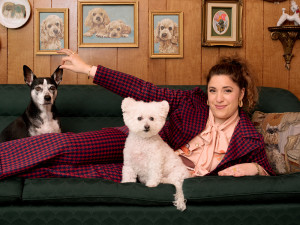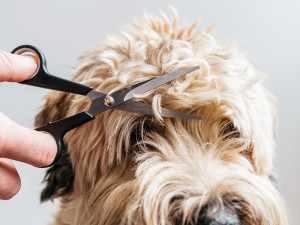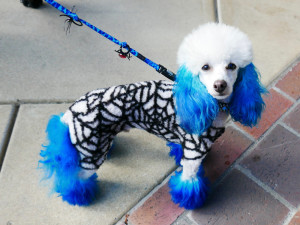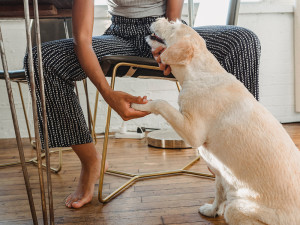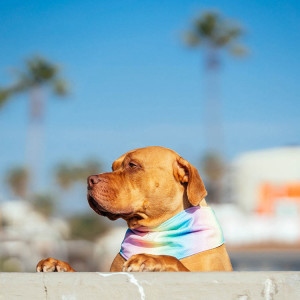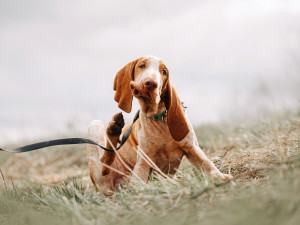Does a Change of Season Mean a Change of Hairstyle — For Your Dog?
Celebrity dog groomer Jess Rona sets the record straight about “summer cuts.”
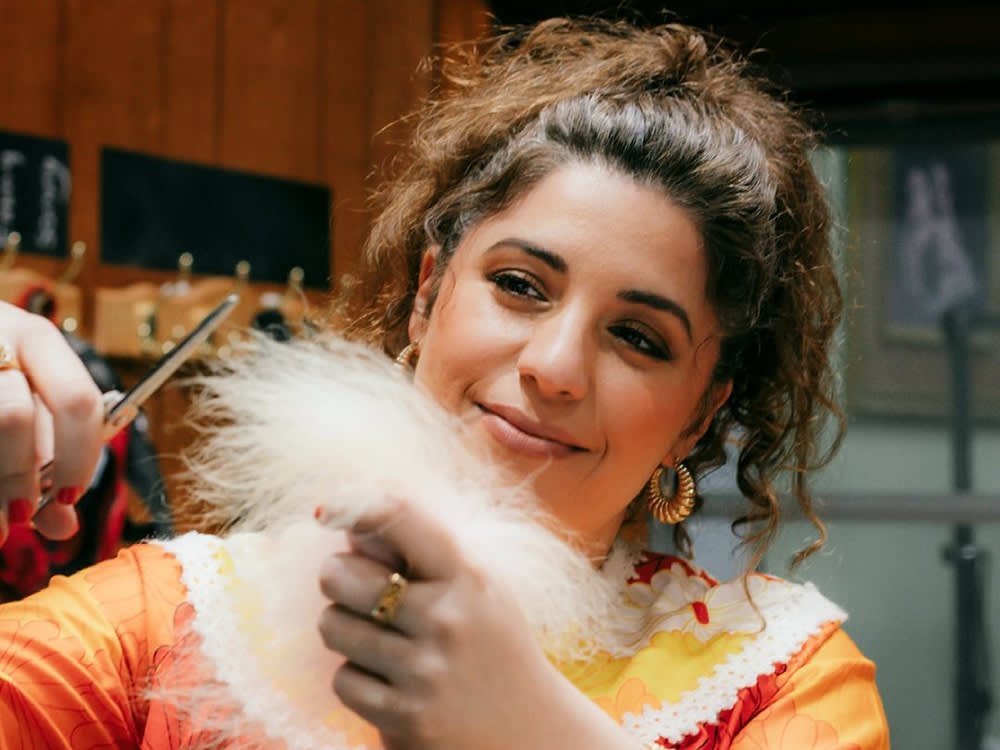
share article

Your pet wants you to read our newsletter. (Then give them a treat.)
Jess Ronaopens in a new tab sighs deeply after I tell her I have recently gotten my six-year-old Poodle mix her annual “summer cut.” Shaving down my dog’s dense, curly hair each summer was essential for helping her cope with the brutal Texas heat, I’d figured, like removing a heavy winter jacket that she didn’t need anymore. Once it cooled down again, I explain, I will put the figurative jacket back on by letting her coat grow back in.
“It is a misconception that you need to shave your dog in the summer and grow their coat in the winter,” she says politely. The owner of LA’s Jess Rona Groomingopens in a new tab, whose clients include Katy Perry and Zooey Deschanel’s dogs, assures me I’m not alone in my misunderstanding: “I have this conversation every summer and every winter with my clients.” Below, Rona takes us through what you need to know about seasonal grooming.
Think of your dog’s coat as insulation.
Don’t think of dog’s coat like a sweater, Rona adds, but rather, like the insulation of a home. “You don’t need a ton of coat, but you need a little bit to protect them against the elements.” Each strand of hair on a dog has follicular muscles that help move the hair around so that a dog can regulate their body temperature. “When you take their coat off, they have nothing to protect them,” she says, explaining that a completely shaved dog is more susceptible to things like a sunburn or a tick opens in a new tabattaching itself to the dog’s skin.
Rona also adds that shaving doesn’t help with shedding, since shedding happens at the root, and has nothing to do with the length of a dog’s hair. “It’s not like you’re hurting your dog by shaving them,” she adds. “There are benefits: If your dog goes swimmingopens in a new tab all the time, is really active, or gets matted really easily, sure — keep it short. But don’t do it because you think it will cool your dog off.”
Some breeds need extra grooming in the summer.
But this doesn’t mean you shouldn’t keep grooming. Rona adds that double-coated dogs — breeds like Huskiesopens in a new tab, Labradors, Newfoundlands, Pomeranians, and Australian Shepherds, who have a dense, fuzzy, short undercoat that helps regulate their temperature as well as a thicker, wirier, and longer top coat that helps repel moisture and dirt — benefit from regular grooming during the hot summer months.
“If you do have a double-coated dog, I definitely do recommend getting a professional bathopens in a new tab monthly during the summer,” she says. What happens, Rona explains, is that the dense undercoat of a double-coated dog gets packed in if it’s not brushed out regularly, and then the skin can’t breathe as easily. “So that will cool your dog off if you can get the undercoat out,” she says, adding that groomers have fancy force-dryers that blow out all the undercoat in a way that is painless for your dog, and doesn’t require hours and hours of dedicated brushing. (It’s also a fairly messy procedure that you might not want to do too often at home: “It looks like it’s snowing in the grooming room,” she says with a laugh. “It’s just fluff everywhere.”)
Add an actual coat in the winter.
While dogs’ coats serve as insulation, sometimes icy winter temperatures call for a little extra padding in the form of sweaters and boots. According to the ASPCAopens in a new tab, this is especially important for short-haired dogs, who should have a high-necked sweater or jacket that covers them from their neck down to their tail, and around their stomach. For long-haired dogs, the organization recommends a small trim to prevent ice from clinging to their coats and forming icicles, as well as washing and cleaning off your pet’s paws after a walk to remove any ice or salt.
Overall, Rona concludes, regular groomingsopens in a new tab are important throughout the year because they help maintain a dog’s health and comfort. And while shaving your dog down won’t do them harm, don’t feel the need to do it unless it’s for aesthetic reasons. “As far as seasonal cuts go, you don’t have to keep your dog’s coat short in the summer and long in the winter,” Rona concludes. “Unless you like the look of it!”
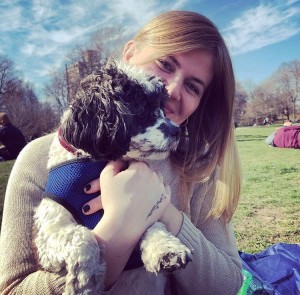
Madeleine Aggeler
Madeleine Aggeler is a freelance journalist and copywriter in Washington, D.C. Previously, she was a writer at New York magazine’s The Cut. She lives with her dog, Cleo, who works primarily as a foot warmer.
Related articles
![A wheaten terrier getting a haircut to remove the hair from over his eyes]() opens in a new tab
opens in a new tab11 of the Best Dog Grooming Products
Tools to keep your pet looking so fresh and so clean, from bamboo hair brushes to biodegradable wipes.
![dog with blue dy]() opens in a new tab
opens in a new tab(Fur) Dye Another Day: Celebrity Groomer Jess Rona on This Halloween Question
When to DIY your dog’s Halloween costume or dye their fur — and when to leave it to the pros.
![A woman sitting in a chair holding a dogs paw in her hand and holding the dogs face in the other hand.]() opens in a new tab
opens in a new tab6 Natural Paw Balms That Will Keep Your Pup Safe From Summer Heat
The best paw balms, based on veterinarian recommendations.
![Shepherd dog playing with yellow ball at the beach]() opens in a new tab
opens in a new tabHow to Keep Your Dog Safe At the Beach
5 tips to help your pup have fun in the sun — safely.
![large brown dog in a Canada Pooch cooling bandana]() opens in a new tab
opens in a new tabThe Best Gear to Keep Your Dog Cool on Hot Summer Days
This has been the hottest summer on record, and it ain’t over yet.
![puppy scratching fleas, get rid of fleas on dogs]() opens in a new tab
opens in a new tabHome Remedies For Getting Rid of Fleas on Dogs — Naturally
How to stop your home from becoming a flea circus.
